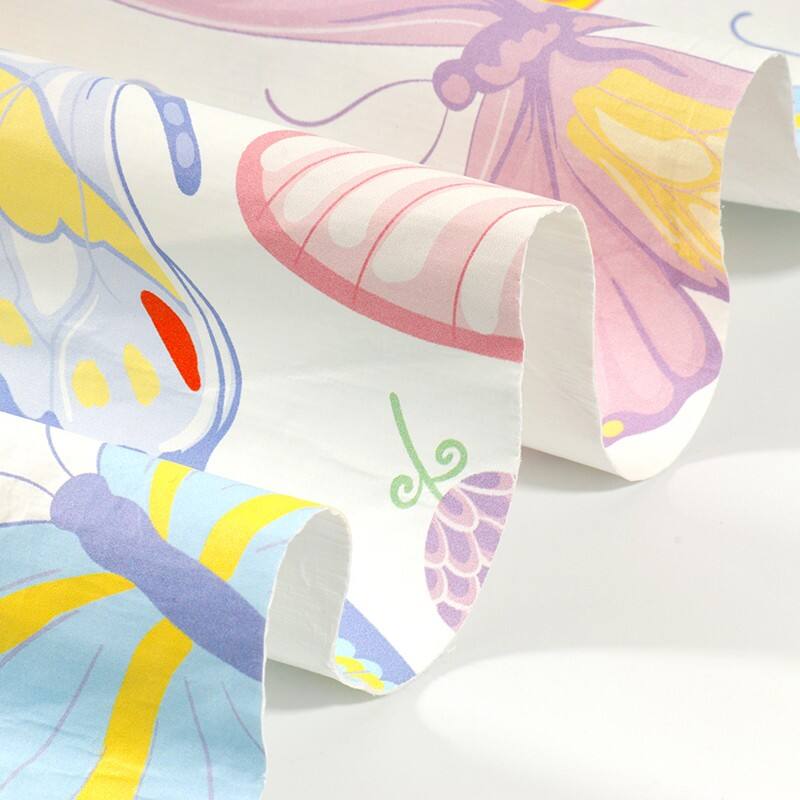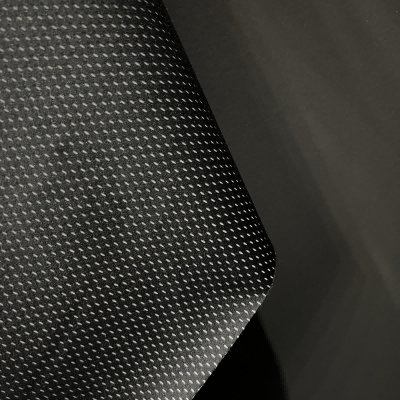sustainable fabrics for activewear
Sustainable fabrics for activewear represent a revolutionary shift in athletic apparel manufacturing, combining environmental consciousness with high performance functionality. These innovative materials are engineered using recycled polyester, organic cotton, bamboo fibers, and regenerated nylon, offering exceptional moisture wicking capabilities while minimizing environmental impact. The fabrics incorporate advanced technological features such as four way stretch, antimicrobial properties, and temperature regulation, ensuring optimal comfort during intense physical activities. These materials undergo rigorous testing to maintain durability and performance standards while utilizing eco friendly production processes that reduce water consumption and carbon emissions. The fabrics are designed to withstand repeated washing and maintain their shape, color, and technical properties throughout extended use. Modern sustainable activewear fabrics also feature UV protection, quick drying capabilities, and enhanced breathability, making them suitable for both indoor and outdoor activities. These materials are increasingly being adopted by leading sportswear brands and are becoming the preferred choice for environmentally conscious athletes and fitness enthusiasts.


